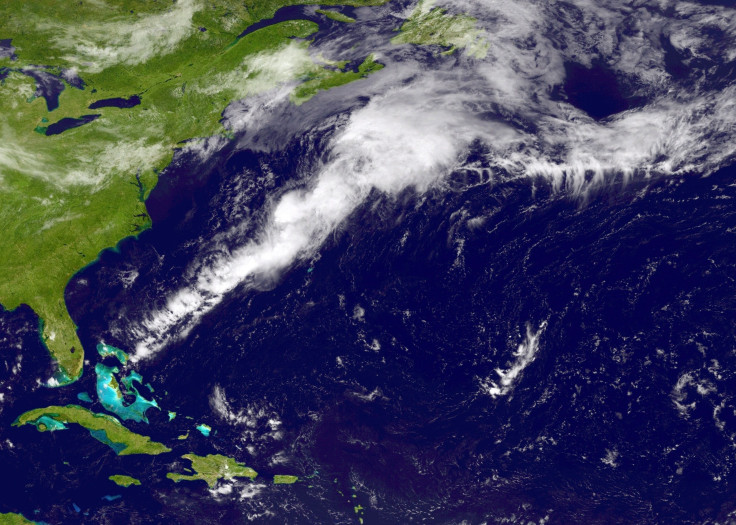No Hurricanes In Atlantic Basin In August A Rarity, NOAA Says

The National Oceanic and Atmospheric Administration (NOAA) forecasts a below-average hurricane season in the Atlantic in the month of August. It said the month could finish with no hurricane activity.
In this month, two tropical storms, Debby and Ernesto, were formed, but they were in the Northern Atlantic, far from the land. They did not strengthen into hurricanes as neither of them was in areas that had the right conditions in the ocean and atmosphere to gain strength.
The likelihood of a below-normal Atlantic hurricane season was brought up to 60 percent, 25 percent more from May, by seasonal forecasters with NOAA’s Climate Prediction Center. They predicted that the chances of a near-normal season were now at 30 percent, while the likelihood of an above-normal season decreased to 10 percent from 35 percent.
While Hawaii steals the tropical show, the Atlantic is very quiet. No tropical cyclone development is expected anywhere in the Atlantic Basin anytime soon, according to the National Hurricane Center. pic.twitter.com/LwdkdlQSNB
— the Weatherboy (@theWeatherboy) August 20, 2018
NOAA earlier predicted nine to thirteen named storms (with wind speeds of 39 mph or higher), four to seven of which would have turned into hurricanes (wind speeds of 74 mph or greater). They also said two major hurricanes (with wind speeds of 111 mph or more) will form as well before the season ends on Nov. 30.
The season has so far seen five named storms, two of which — Beryl and Chris — turned into hurricanes. The other 3 were Alberto, Debby and Ernesto, which remained as tropical storms.
June to November is the peak period for the formation of tropical storms and hurricanes. On an average, a season sees at least 12 named storms, of which six would turn into hurricanes and three into major hurricanes.
August usually sees the second most Atlantic hurricane formations since 1851. September has the highest amount, while October ranks third.
But 2018 seems to be an exception to the trend, according to NOAA. However, even with unfavorable conditions in the ocean and the atmosphere leading to predictions for a less active hurricane season, NOAA and the Federal Emergency Management Agency (FEMA) raised caution.
“There are still more storms to come — the hurricane season is far from being over. We urge continued preparedness and vigilance,” Gerry Bell, lead seasonal hurricane forecaster at NOAA’s Climate Prediction Center, said.
According to Dr. Phil Klotzbach, a tropical scientist at Colorado State University, around 60 percent of all Atlantic hurricanes occur during the period between Aug 20 and Oct 10.
Some years when zero hurricanes were reported in Atlantic during Aug have had strong hurricanes later. One such case was in 2002, when hurricane Lili hit the land area in Lousiana in October. The was devastated, causing up to $1.6 billion in damage.
“Today’s updated outlook is a reminder that we are entering the height of hurricane season and everyone needs to know their true vulnerabilities to storms and storm surge,” FEMA administrator Brock Long said. “Now is the time to know who issues evacuation orders in their community, heed the warnings, update your insurance and have a preparedness plan. Don’t let down your guard, late season storms are always a possibility, always keep your plans updated.”
"I always say to people it only takes one storm to make it a busy season for our area," East Providence Deputy EMA Director Wayne Barnes said.
© Copyright IBTimes 2024. All rights reserved.





















